New to underwater photography?
Start here!
Originally published in our newsletter 2019
We get a lot of phone calls and emails from people new to underwater photography. Some of them are experienced topside photographers and have decided to take the plunge (excuse that predictable pun), some have been divers for a while but are pretty new to anything but amateur-ish topside photography. Even pros contact us about their requirements for some of their photo shoots or when they are upgrading camera/housing systems.
The most common questions we get asked at Sea Tech are about creating a package of gear for underwater photography, particularly for newbies. In our experience, the following points are the main considerations are key to getting the right gear.
Let's call them the three A's.
- It's affordable. Obviously defining this is different for each person. It's important to figure out what this means for you personally, but also to be realistic; there is a degree to which you get what you pay for. Do you have a clear budget in mind? Are you willing to compromise on your gear to fit the budget, or your budget to get the right gear? How much you are willing to invest in your gear might actually depend on the following two points!
- It's adaptable and versatile. Can it readily have more bits and pieces added later? Or if you decide to upgrade your camera, which non-housing elements can be used in a different housing system? Is there a particular brand you want to use? Are there certain components that might only be useful with a certain brand?
- It's appropriate to the user's aims, both short and long term, their skill level, their patience and dedication and their willingness to invest time and energy into understanding and practicing. What do you want to get out of this gear? Do you want to be a pro or do you just want to have some fun and hopefully take some great photos. Are you willing to take a bit of time to figure out how to use a trickier system or are you the type who gets easily frustrated?

Appropriate
It's quite common for beginners to underwater photography to already own a camera and want to get a housing for it. Often this will be a DSLR that they've had for years. This has pros and cons. The pros are that it's a system you understand well. The cons though, can often outweigh this. Getting a housing for a DSLR can be more expensive than you might expect when ports and gears are included, and if you've never done UW photography before, the learning curve may be steeper than you're expecting – light quality, back scatter, white balance, refraction... a lot of things you don't often (or never) have to think about topside come into play.
If you're the kind of person who just wants to jump into the water and have some fun, you may find it better to head over to the point-n-shoot aisle. It may also end up cheaper buying a new point-n-shoot and a housing than kitting out your DSLR. If it ends up being a hobby you love, pursue and want to get super serious about, it can be easier to upgrade your kit later than to jump in the deep end now. Using a point-n-shoot can be a fun way to learn some of the UW ropes without driving yourself nuts in the process – and actually get some great pictures while you're a relative newbie!
Point-n-shoots have come a long way in recent years! You probably know that we run a photo comp here at Sea Tech. (If not, please check it out and enter if you please!) We see amazing photos taken with point-n-shoots. Point-n-shoots can also be more adaptable than MIL or DSLR cameras, as you're not locked into your lens/port. And if you stick to a camera brand that you've already used, chances are that camera operations will be similar, if not the same.

Adaptable
The other side of this coin is that it can be frustrating when you bought things when you were new to a hobby that later don't get used because you upgraded your system or bought a different brand. We've been there too and we get it. Most of the stuff we sell is pretty versatile (by which I mean that you can mix and match brands and types), but there can be a few things that you might want to consider when you start out in terms of usability later. And don't worry! If you're not sure, just ask us.
The main things are arms, lenses and strobes. You might decide that it's better to go straight to double ball arms now and skip the cheaper, easier and lighter locline ones because you may end up replacing those with double ball arms and clamps eventually anyway. Double ball arms and clamps are more expensive but they tend to be the industry standard and if you get serious you're probably going to want them. (You might be fine with locline for ages though! It can still be a good place to start.)
You can buy cheap wet lenses and filters. Our advice, though, is to buy quality from the get-go, buy M64 screw fittings (assuming that fits your housing) and treat them well. They can last years. You won't regret it, we promise.
Strobes: Do you have to use a certain type of arm with your strobes? Do your strobes need TTL converters to use with a modern camera, or can you use fibre optic cords with them without converters? These extras can add up. (Was that last part total gibberish to you? That's okay, just talk to us, we can help out.)

Affordable
As I mentioned above, the meaning of this varies. It's super helpful to use if you have a clear idea of how much you're willing to invest when you contact us.
As you can also probably tell, all these things are interconnected. There may be times where we advise you to spend a bit more money in order to get something that will serve you better. But there might also be times that we tell you that you probably don't need to buy that expensive item! For example, if you're primarily snorkelling, you probably don't need to purchase a light source, as natural light will most likely serve you.
It's best to have flexible attitude to how much you're willing to spend – that way, when we're helping you out, we can get you the best package for your needs.
Want to ask questions? Head over to our contact page!




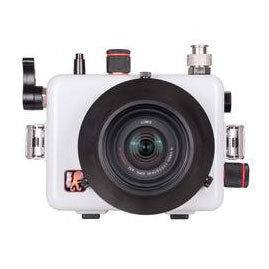
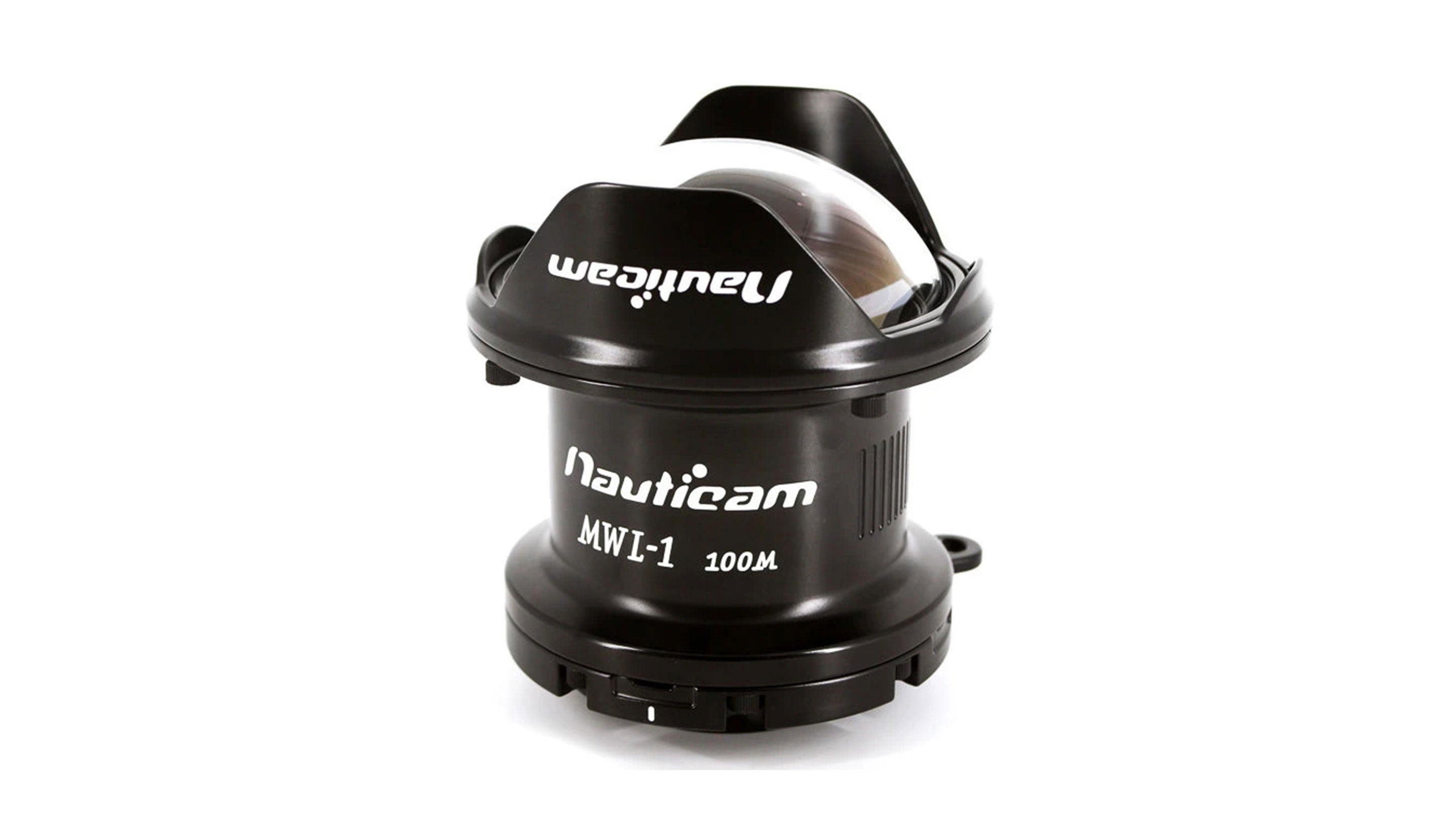
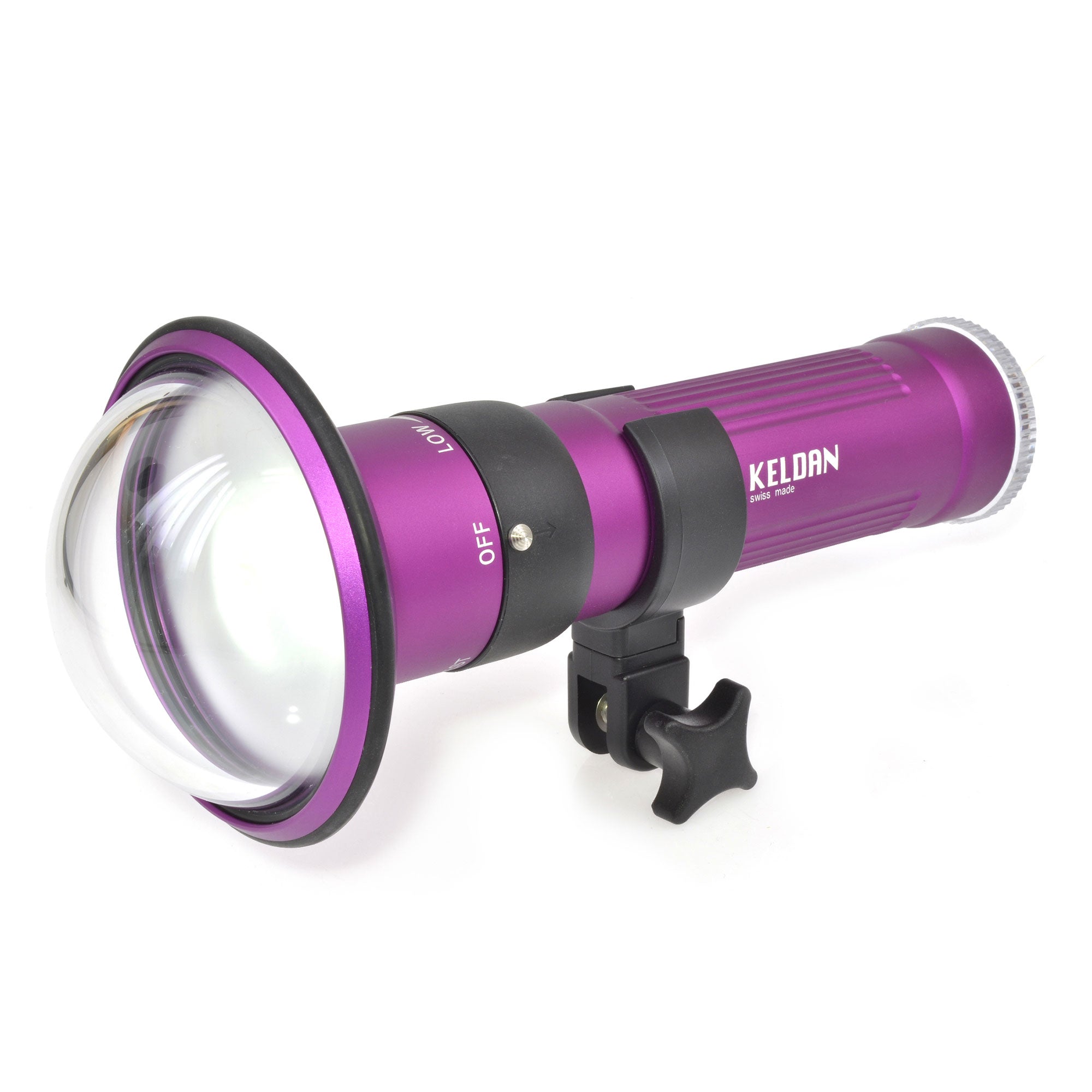
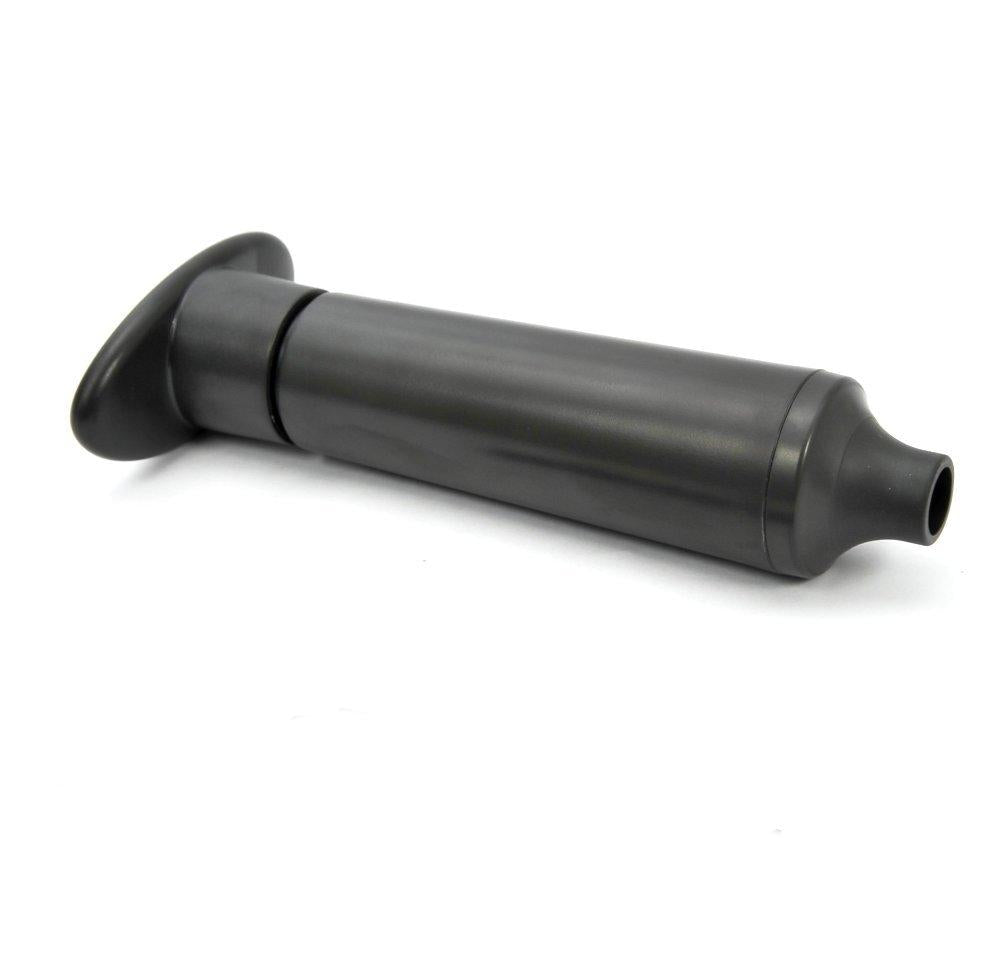
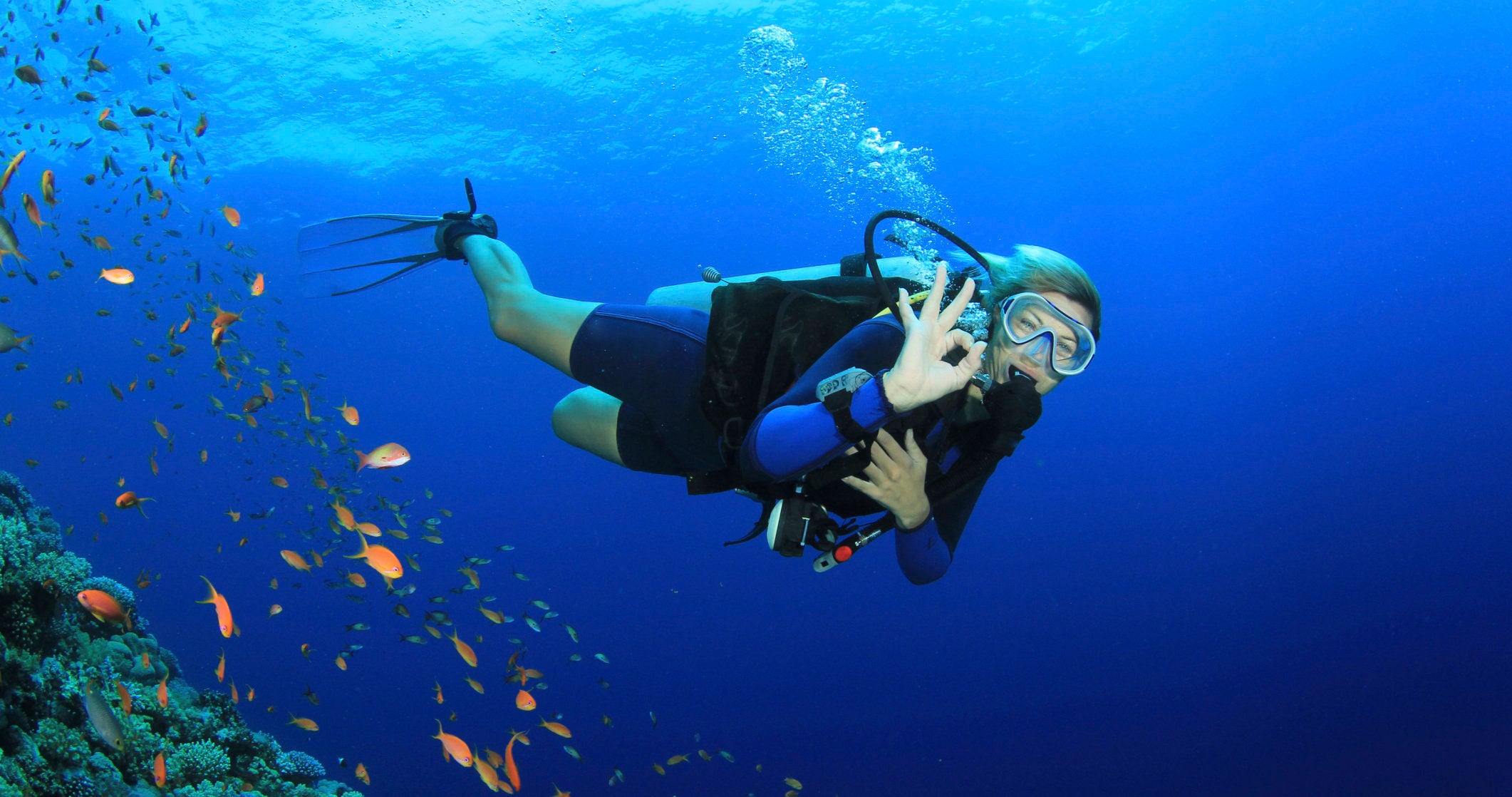
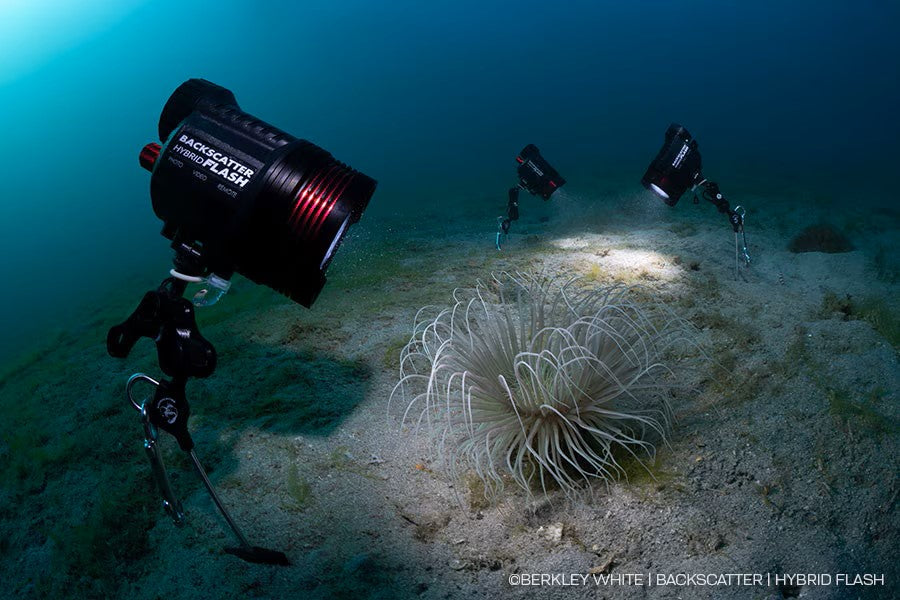
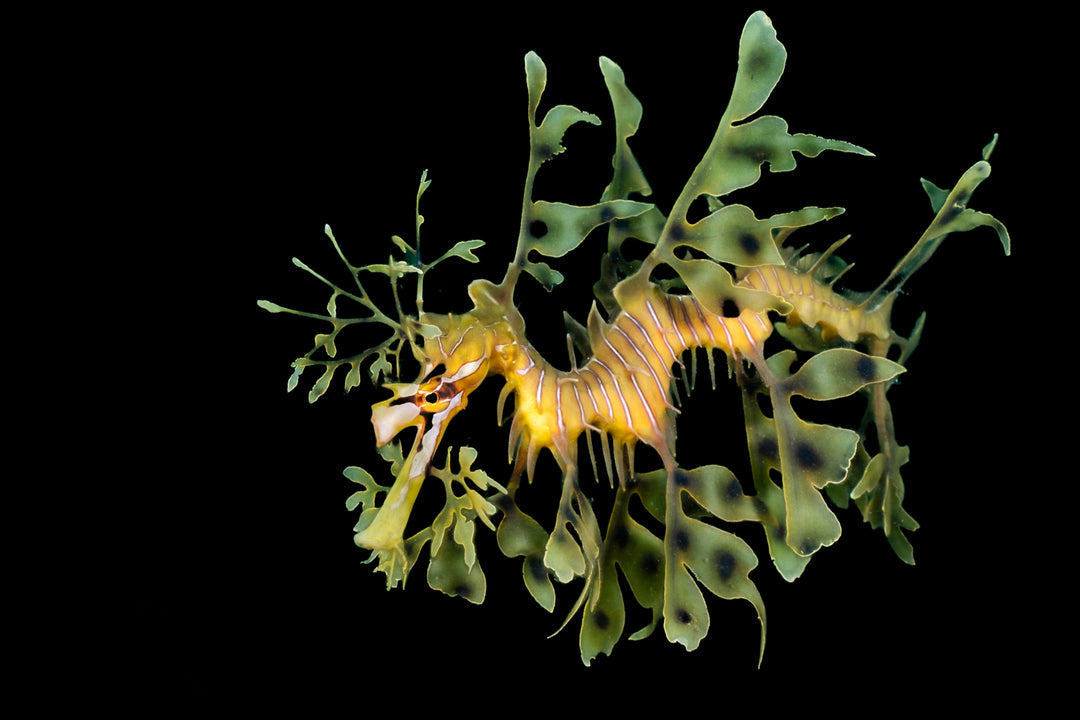
![Ikelite: 5 Situations Where You Need Strobes Underwater [VIDEO]](http://www.seatech.co.nz/cdn/shop/articles/6_REASONS_COVER_STROBES.webp?v=1752200834&width=1080)
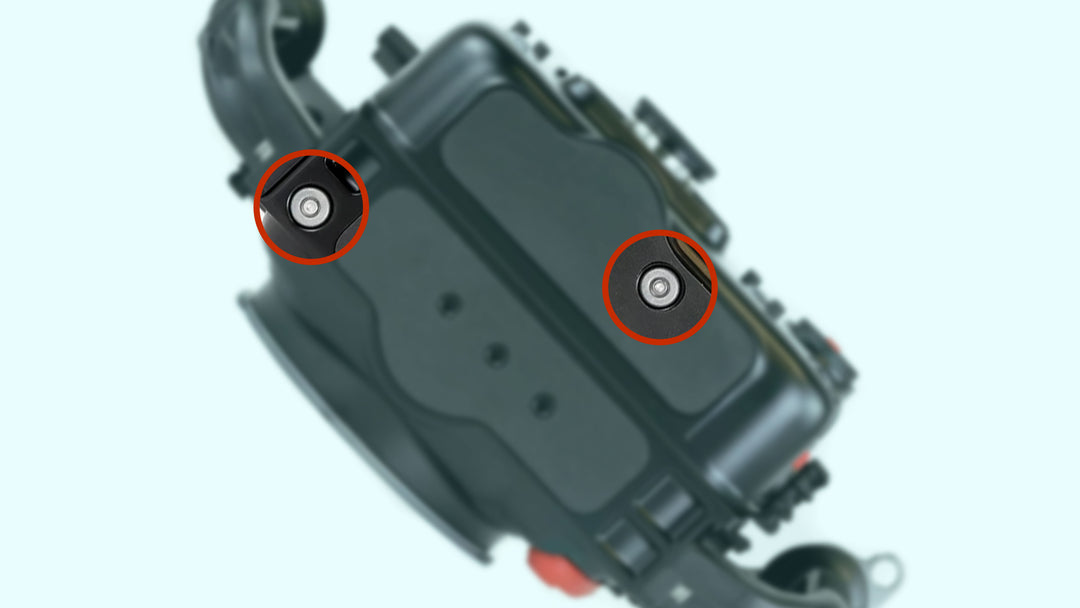
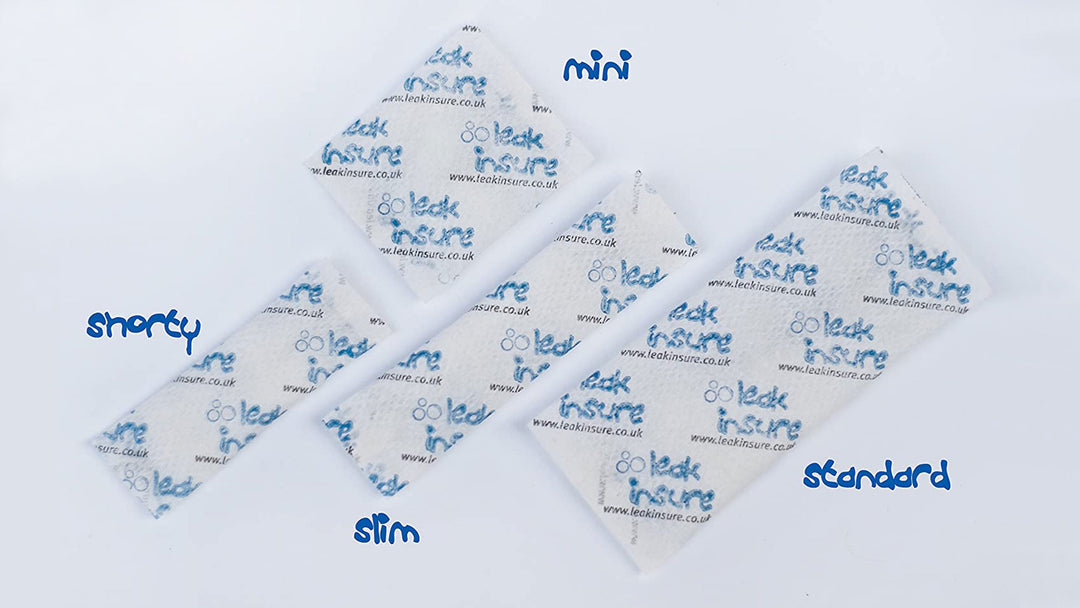
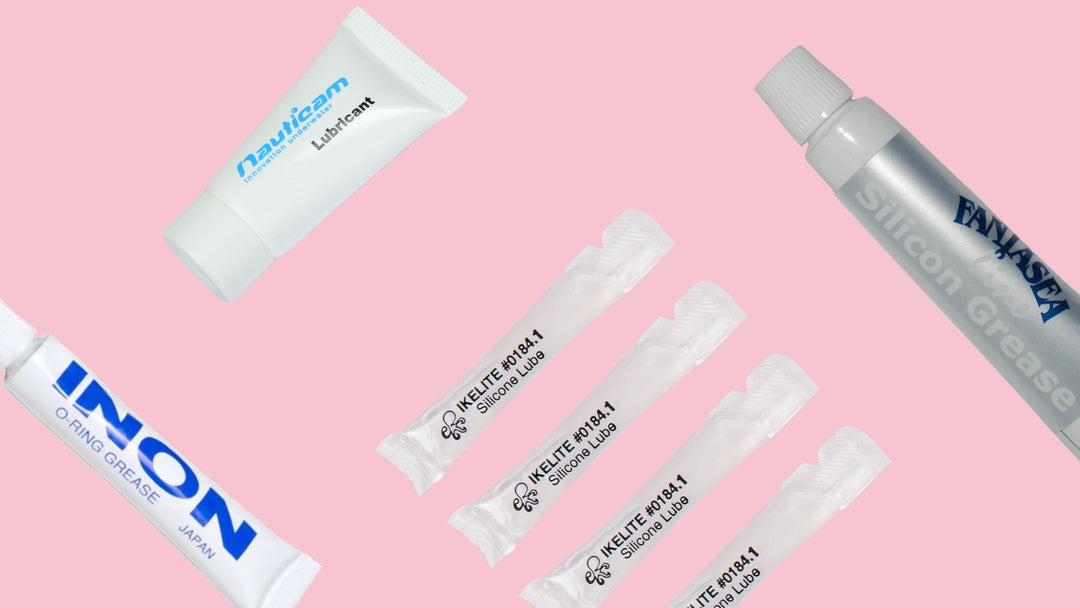
Leave a comment